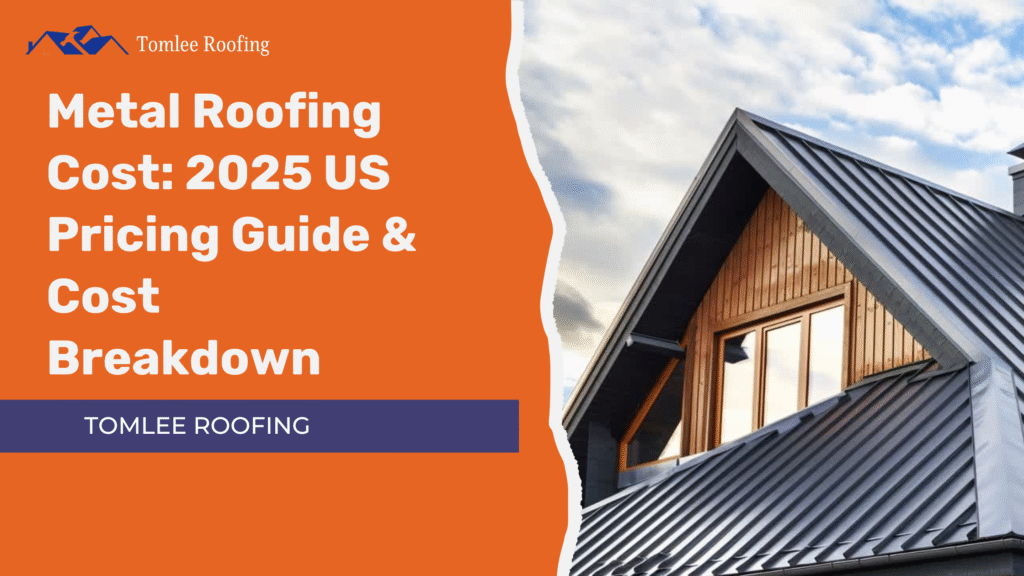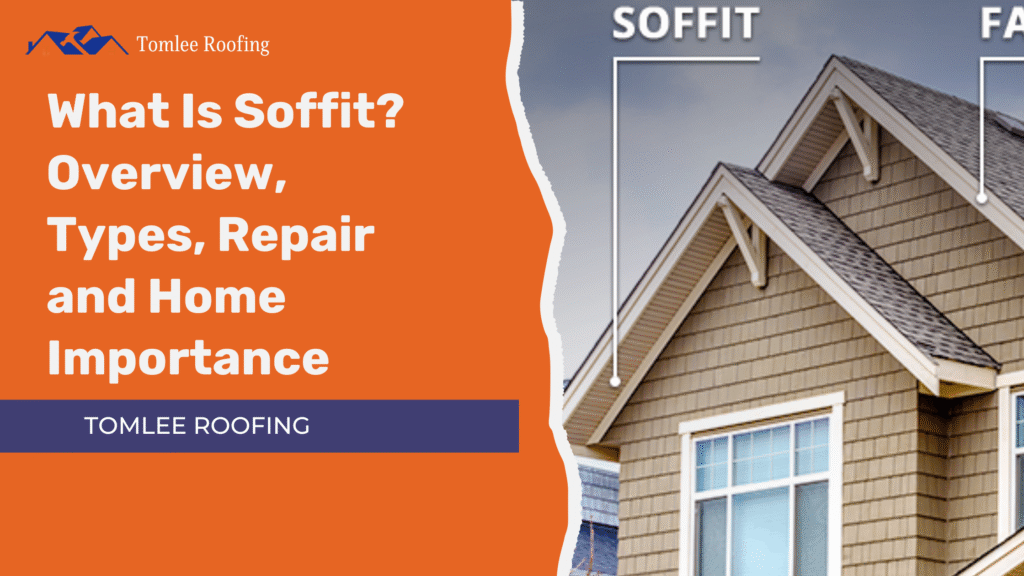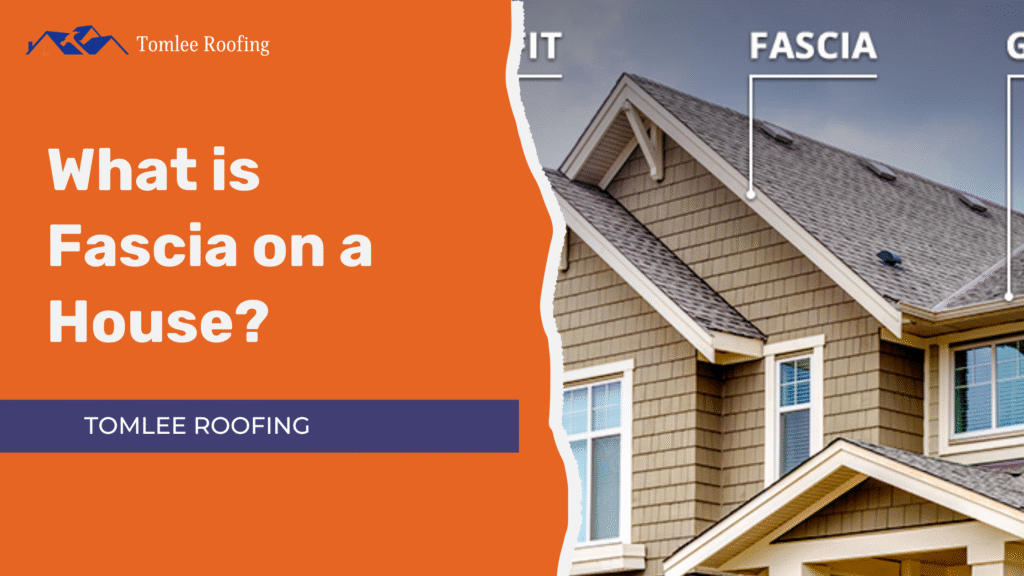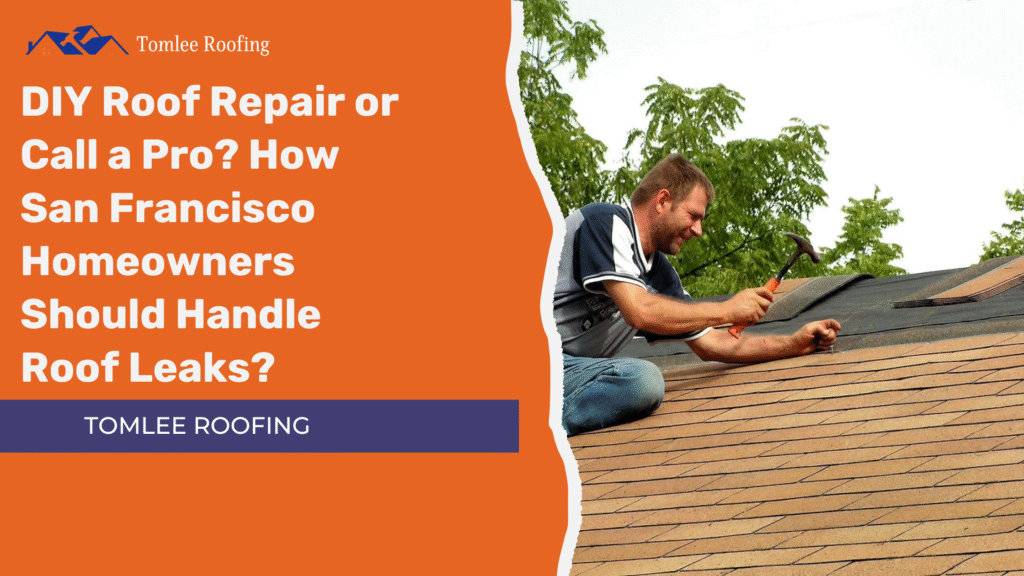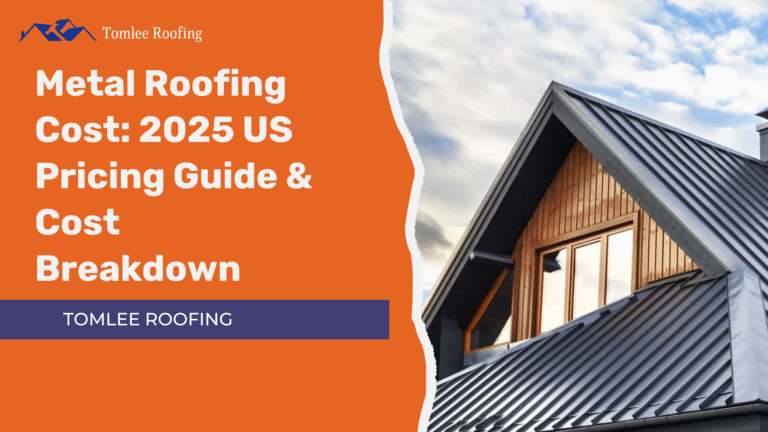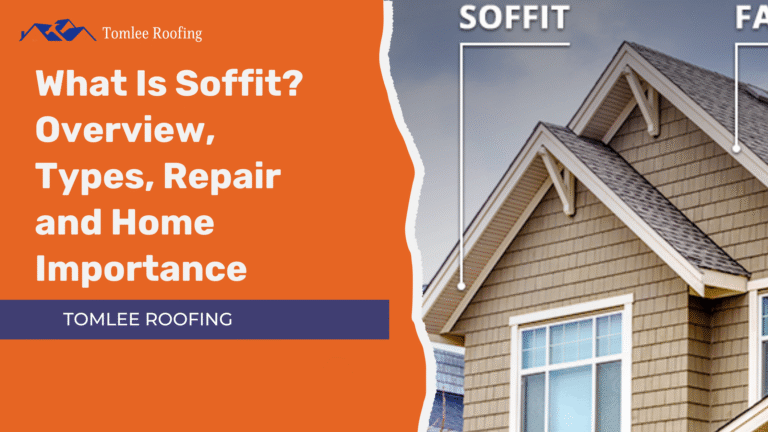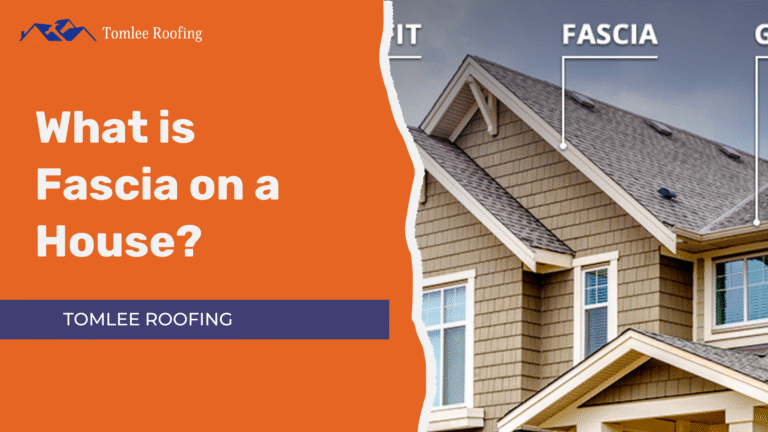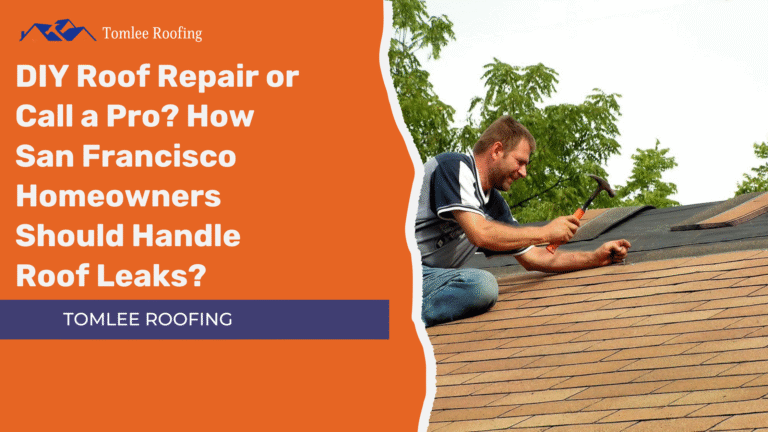Prevent Moss and Algae on Roof – Quick Guide
Trim trees to increase sunlight
Keep gutters clear for proper drainage
Sweep off leaves and debris after rain
Use vinegar or baking soda for natural cleaning
Install zinc or copper strips for long-term protection
Inspect the roof every 6 months and after storms
A clean, dry roof lasts longer and stays damage-free during rainy seasons.
The rainy season brings much-needed water, but it also brings trouble for your roof. If you’re noticing green or black patches creeping across your shingles, you’re probably dealing with moss or algae. While they may look harmless at first, they can damage your roof over time, weaken shingles, trap moisture, and lead to costly repairs.
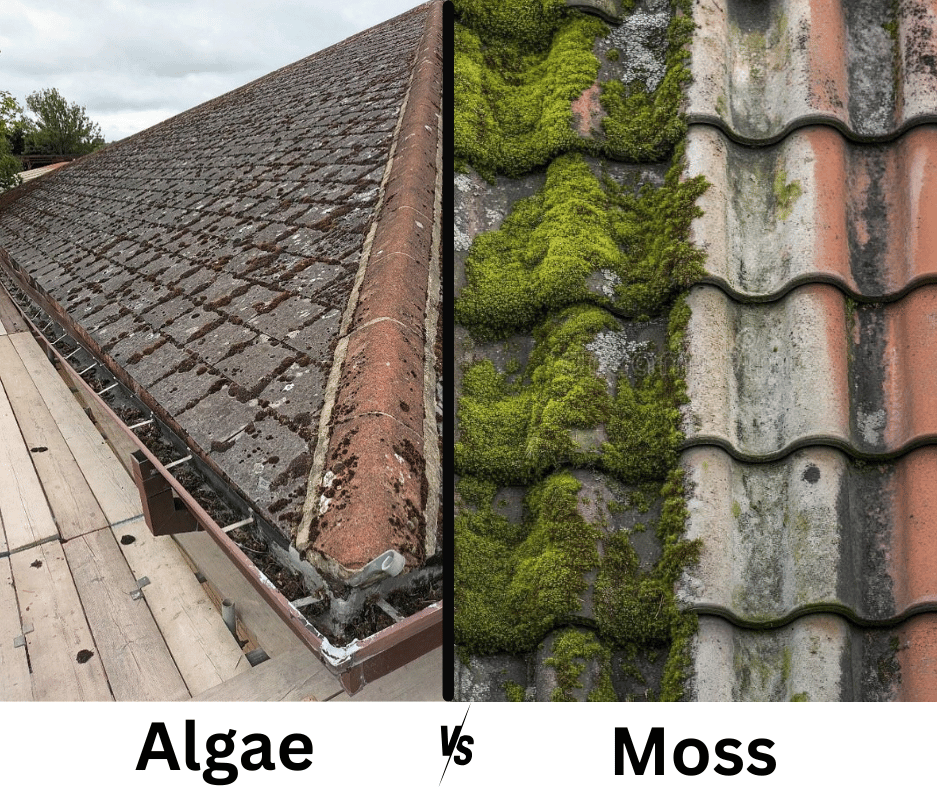
The good news?
With the right steps, you can stop moss and algae before they take hold and keep your roof strong, clean, and good-looking all season long.
What Causes Moss and Algae to Grow on Roofs?
Moss and algae don’t show up randomly; they need the right conditions to grow. If your roof has excess moisture, poor sunlight, and organic debris, it becomes the perfect place for these unwanted guests.
Here’s why they appear:
- Moisture from rain gets trapped in shaded or clogged areas.
- Algae spores travel through the air and land on rooftops, especially in humid regions.
- Moss grows well in damp, shady spaces, usually under overhanging trees.
The good news?
Moss isn’t just ugly, it can lift shingles and let water seep underneath. Algae can leave black streaks that ruin your roof’s appearance and reflect less sunlight, raising your energy bills.
Is It Safe to Leave Moss and Algae on Your Roof?
No. Even though it may seem harmless at first, letting moss and algae grow unchecked can lead to long-term damage in Bay Area homes.
Here’s why it’s risky:
- Moss holds moisture against shingles, causing them to rot or curl.
- Algae stains reduce curb appeal and can age shingles faster.
- Over time, both can affect the structural integrity of your roof.
Pro tip:
If your roof looks green or has black streaks, don’t wait. Taking action early helps avoid expensive repairs later.
Best Time of Year to Remove Moss from Roof
The ideal time to remove moss or algae is during dry weather, especially in:
- Late spring or early summer (after heavy rain but before intense heat)
- Dry fall days when the weather is cool and predictable
Why dry weather?
- Treatments stick better when it’s not raining.
- Moss and algae are less active, making them easier to kill.
Cleaning in dry months helps keep the roof dry and clean heading into winter.
How to Naturally Prevent the Growth of Moss and Algae on Roof in 3 Steps
If you want a chemical-free, roof-friendly approach, here are some natural methods that really work:
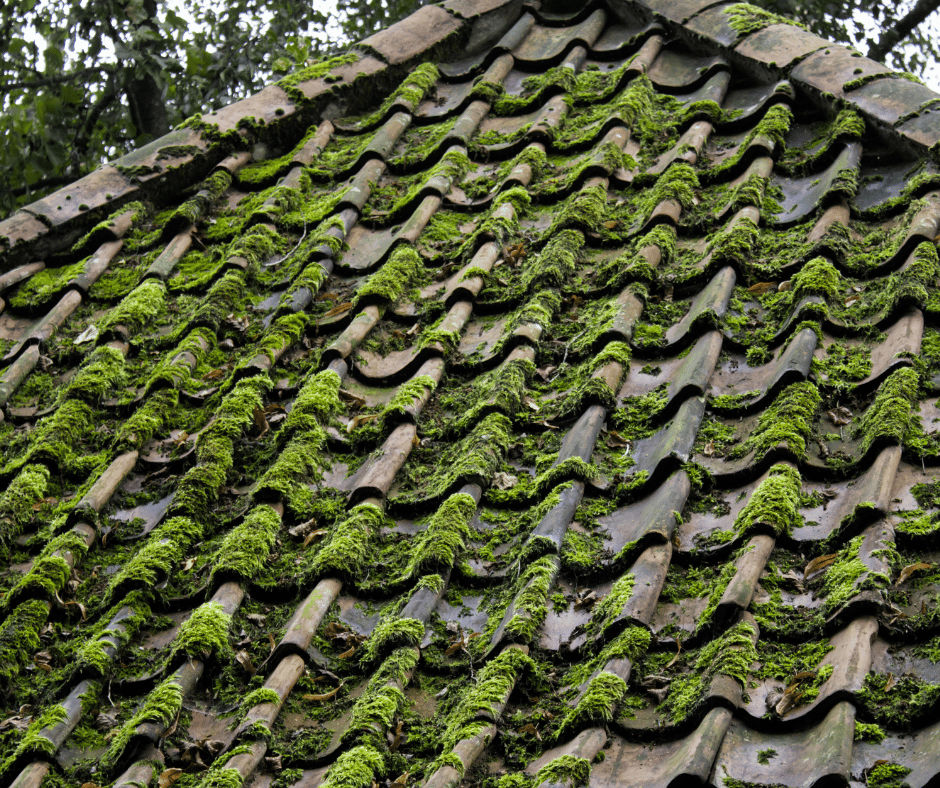
Step 1: Keep Your Roof Dry & Clean
- Trim overhanging trees to let sunlight dry the roof.
- Clean off leaves, twigs, and debris to reduce moisture.
- Sweep your roof gently after storms to prevent buildup.
Step 2: Improve Drainage
- Unclog your gutters regularly to stop water from backing up.
- Check downspouts to make sure water flows away from the house.
Step 3: Use Natural Cleaners
- Vinegar solution (1 part white vinegar to 1 part water) sprayed on moss works well.
- Baking soda sprinkles can kill moss over time and are safe for pets and plants.
The Role of Sunlight and Shade in Roof Growth
Shade might keep your home cooler, but it also encourages moss growth.
That’s because:
Moss thrives in damp, shaded areas.
Without sunlight, your roof takes much longer to dry after rain.
What You Can Do to Prevent:
Trim back tree branches that hang directly over the roof to let in more sunlight.
Cut down or thin large shrubs planted close to exterior walls to reduce shade on the roofline.
Install or upgrade attic vents to improve airflow, which helps the roof dry from underneath.
Pro tip:
More sunlight = less moss. Consider solar-powered roof vents to improve airflow and reduce moisture.
Want a Cleaner Roof Without Ladders?
Sometimes, natural methods take time, and not everyone wants to climb up with a spray bottle. That’s where roof-safe moss removers and tools can help.
In the next section, we’ll explore the best products and practices to clean your roof effectively without causing damage.
How to Clean Moss Off a Roof Without Damaging Shingles
Cleaning your roof doesn’t have to mean ruining it. Harsh tools or pressure washing can rip shingles off or push water under the roof. Instead, use these gentle and safe ways to clean moss and algae:
Do’s
- Gently sweep downward (never upward) to loosen dry moss.
- Spray moss with a 50/50 water-vinegar mix, wait a few hours, then brush off.
- If needed, rinse using light water pressure only.
Dont’s
- High-pressure washing
- Metal scrapers or wire brushes
- Bleach in high doses
Best Roof Products to Prevent Moss and Algae on Roof
Some products can help stop moss and algae from coming back after cleaning. They’re easy to install and don’t need much upkeep.
Roof Treatments:
- Spray-on moss preventers (look for biodegradable options)
- Algae-blocking roof cleaners are used twice a year
Moss-Inhibiting Materials:
- Zinc or copper strips: Installed near the top of the roof. When rain hits them, it releases natural metal ions that kill moss and algae.
- Algae-resistant shingles: Made with copper granules that stop algae from growing.
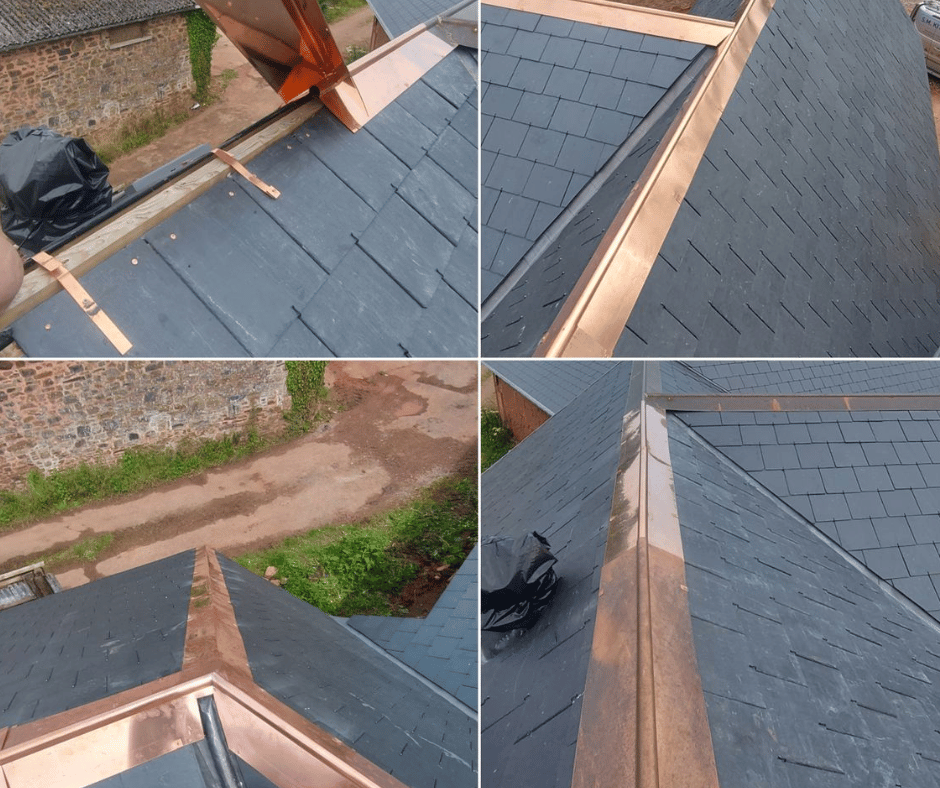
Pro Tip:
Zinc strips last 5–10 years and are great for long-term prevention with low effort.
How Often Should You Inspect or Clean the Roof?
Routine roof checks help you catch early signs of moss or algae and save you from bigger problems later.
Seasonal Roof Check Guide:
- Every 6 months: Do a full visual check (or hire a pro if you can’t go up).
- After major storms, look for fallen debris or clogged gutters.
- Spring/Fall: Best time to clean or apply moss preventers.
What to Watch For:
- Green patches near shady areas or under tree branches
- Dark streaks or black lines (signs of algae)
- Lifting, curling, or cracking shingles
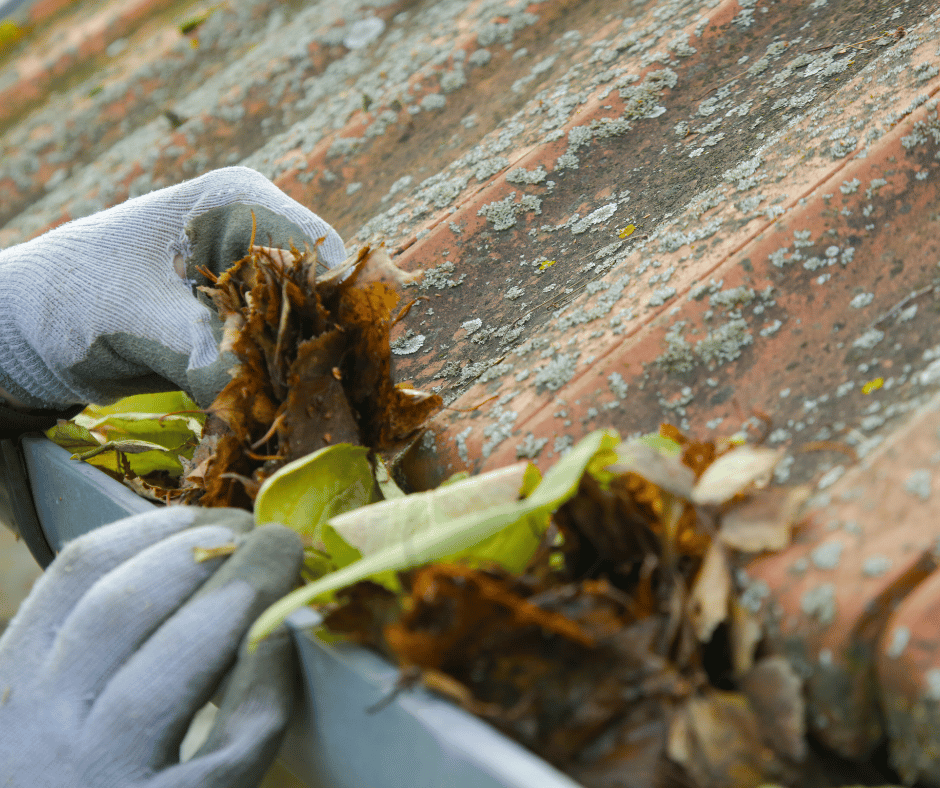
Are There Any Benefits of Moss on a Roof?
While moss can look soft and green, it’s not friendly to your home. A few people think moss adds charm or insulation, but the risks outweigh the benefits.
Why Moss Isn’t Your Friend:
- It traps water, which causes wood rot and shingle damage.
- It adds weight to your roof, especially when soaked.
- It shortens your roof’s life and may void warranty coverage.
- In short, Moss looks cosy, but it harms your home in the long run.
Long-Term Tips to Extend Roof Life in Rainy Seasons
A moss-free roof is a longer-lasting roof. By doing small things regularly, you help prevent both moss and algae growth year after year.
Long-Term Maintenance Checklist:
- Trim trees at least twice a year
- Clean gutters and downspouts every season
- Do a visual roof check after every heavy storm
- Install copper/zinc strips or algae-resistant shingles during repairs
- Keep the attic well-ventilated to reduce roof moisture from below
Final Thoughts: A Cleaner Roof Starts with Small Habits
Moss and algae may seem like minor issues, but they can silently damage your roof over time. Luckily, with the right habits, cleaning, trimming, and using the right materials, you can keep your roof safe, dry, and strong during every rainy season.
No need for harsh chemicals or expensive treatments. Just follow this guide, stay consistent, and your roof will thank you with many extra years of life.
Frequently Asked Questions (FAQs)
What’s the difference between moss and algae on roofs?
- Moss is green, soft, and thick. It grows in damp, shady areas.
- Algae is thin and dark, often with black or greenish streaks.
Can moss damage my shingles?
Yes. Moss lifts and curls shingles, allowing moisture underneath. Over time, this causes leaks and rot.
Are homemade cleaners safe for roofs?
Yes. Vinegar or baking soda is safe if used correctly. Always avoid strong acids or scrubbing tools.
What’s the safest way to remove moss from a roof?
Use a soft brush or broom, sweep downward, and spray natural cleaning solutions. Avoid pressure washers or metal scrapers.
How can I keep moss from growing back?
Trim trees, clean your roof often, install zinc or copper strips, and improve sunlight and drainage around your home.

